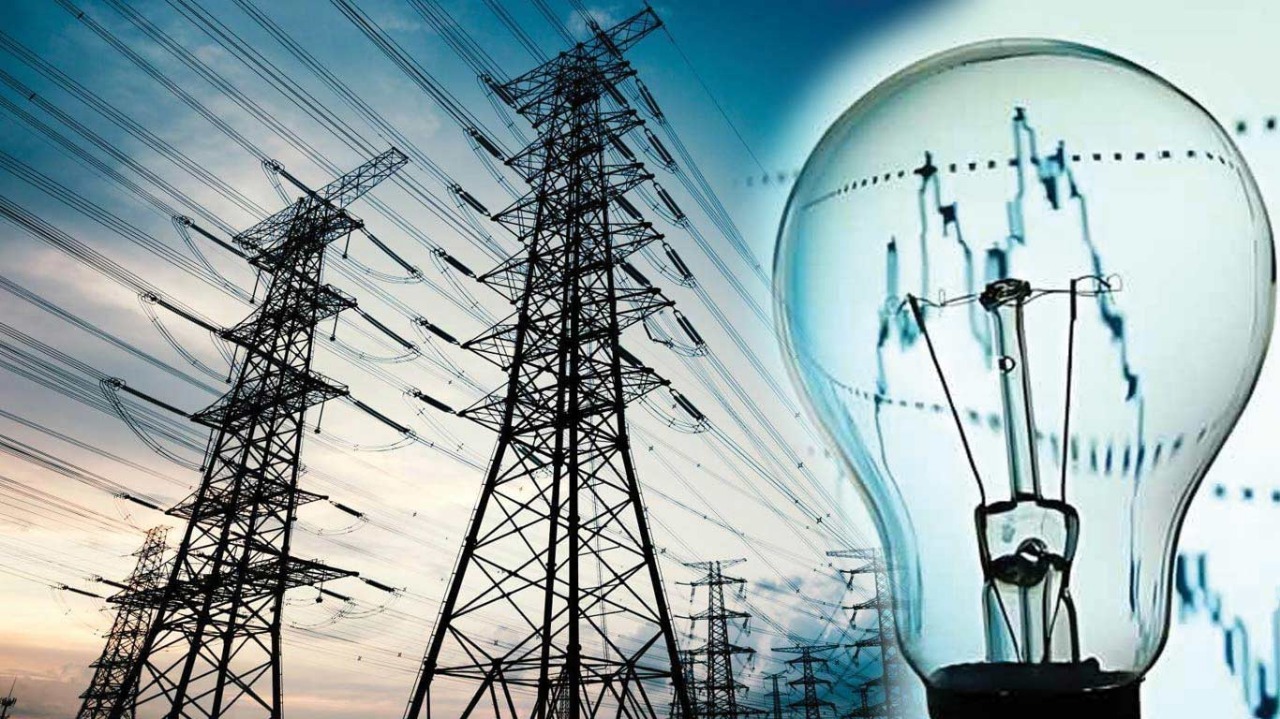The Government of India’s draft Electricity (Amendment) Bill 2025 aims to transform the power sector by enforcing cost-reflective tariffs, reducing cross-subsidies, and boosting competition. Success depends on stakeholder alignment, regulatory clarity, and effective state-level implementation to overcome financial stresses and modernize India’s electricity ecosystem.
India’s power sector, long challenged by financial stress and operational inefficiencies, is poised for a critical overhaul with the release of the draft Electricity (Amendment) Bill 2025 by the Ministry of Power. This ambitious reform package targets foundational issues such as unviable tariff structures, mounting losses exceeding ₹6.9 trillion as of FY25, and limited competition in distribution.
The Bill proposes mandatory cost-reflective tariff setting by Electricity Regulatory Commissions, rationalizing industrial tariffs, and phasing out cross-subsidies especially for railways and manufacturing enterprises. It also empowers regulators to revise tariffs suo motu, setting benchmarks for service reliability and encouraging multiple distribution licensees to share networks—an effort to break regional monopolies and lower costs.
Accelerating India’s clean energy transition, the amendments include provisions to liberalize energy storage rules, enabling consumers to own and operate storage systems crucial for grid stability amid rising renewables. Expansions to dispute resolution bodies seek faster resolution of sectoral conflicts hampering investment confidence.
However, experts caution that the reforms’ success hinges on nuanced execution, particularly at state levels where electricity distribution companies remain financially fragile. Public and industry feedback is being sought over 30 days as the government aims for consensus before Parliamentary introduction.
With India recording over 50% of installed power capacity from non-fossil sources by June 2025, these reforms align with broader goals to balance sustainability, efficiency, and accessibility.
Notable Updates
Financial Stress: Cumulative losses of over ₹6.9 trillion threaten sector viability.
Tariff Reforms: Mandatory cost-reflective tariffs and phased reduction of cross-subsidies.
Regulatory Empowerment: Suo motu tariff revisions and expanded dispute tribunals.
Network Sharing: Multiple licensees may operate shared distribution networks, curbing duplication.
Clean Energy Boost: Liberalized energy storage rules and incentives for renewables integration.
Stakeholder Engagement: 30-day public consultation period to shape final Bill.
Implementation Challenges: State-level buy-in critical to reform success.
Major Takeaway
India’s power sector reforms present a pivotal opportunity to address deep-seated issues through legal, regulatory, and operational modernization. Sustained political will and cooperative federalism will determine whether this vital initiative moves from draft to impactful change, securing a reliable, affordable, and green energy future for India.
Sources: Business Standard, The Hindu BusinessLine, Ministry of Power, CNBC-TV18, Motilal Oswal Financial Services, Powerline Magazine.







